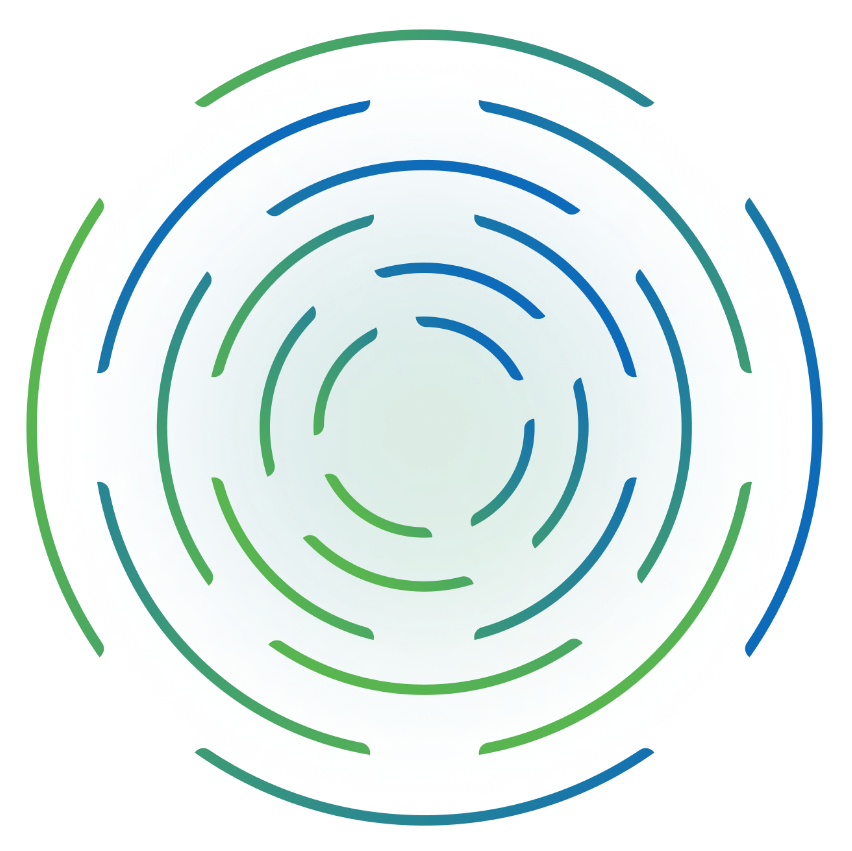Your applications are the business-critical foundation that enables operations, drives productivity, and delivers experiences that help win and retain customers. When applications are glitchy, slow to load, or unavailable, customers will abandon your apps for a competitor in a heartbeat. That’s why application monitoring has become one of the most important aspects of your IT infrastructure monitoring capabilities.
The ScienceLogic AI Platform offers application performance management (APM) tools that deliver a contextual view of the performance and status of applications in your hybrid environment. By monitoring both modern and legacy apps on-premises and in the cloud—and by fusing data between applications and infrastructure— ScienceLogic’s app-to-infrastructure monitoring tools help you deliver uninterrupted customer experiences.
The evolution of application monitoring
Application monitoring tools let you closely track, monitor, and report on the health of your applications. With real-time insights into the quality of application performance, you can continuously optimize customer experiences and quickly remediate any incidents.
However, traditional application monitoring tools are no longer adequate for the highly complex and dynamic nature of hybrid cloud environments. Static, monolithic software programs are disappearing, replaced by cloud-native apps based on containers and microservices. Traditional application monitoring solutions offer little visibility into how these components integrate into overall business operations.
In the past, enterprises monitored only the apps they deemed critical—many enterprises today still cover as little as five percent of their application stack with traditional APM solutions. Yet, as infrastructure and apps quickly evolve and become more interconnected, a glitch in any app can potentially have far-reaching consequences. That means organizations must monitor as many of their apps as possible to ensure the health of their IT environment.
The challenge for both application and operational teams is how to monitor everything without adding additional burden to ITOps teams and hindering IT performance. This challenge has led to a transformation in application monitoring, with organizations leveraging automation and Artificial Intelligence for IT Operations or AIOps.
Today, automated application monitoring solutions rely on artificial intelligence (AI) and machine learning (ML) to see and monitor the complete IT estate, identify patterns that reveal insights into performance and issues, and identify contextual relationships between these patterns and the business outcomes they support. With these insights, ITOps teams can elevate the task of application monitoring to application management, using contextualized data in real-time to automate as many processes as possible—including fast analysis of root cause and remediation of application issues.
ScienceLogic’s SL1: the next generation of application monitoring
SL1, part of the ScienceLogic AI Platform, solves the challenges of application monitoring by visualizing everything in your digital environment, enabling greater availability of applications and business services across the organization. Through intelligent, automated IT operations management, ScienceLogic drives better business outcomes with actionable insights and frees up time and resources for ITOps teams.
ScienceLogic sees everything across multi-cloud and distributed architectures, contextualizing data through relationship mapping and using actionable insight to automate workflows.
Visibility
SL1 gives you a complete, contextual view of the performance and status of your applications and associated elements. It tracks changes in real time and consolidates application performance data into an operational data lake, making it easier to track the health, availability, and reliability of your applications.
Comprehensive coverage
With SL1, you can monitor applications no matter where they reside with a unified monitoring solution. Get actionable insights into key application services like Office 365, Web services, databases, ERP, orchestration apps, and others. With complete visibility, you can link applications to the underlying infrastructure to deliver improved satisfaction for end users.
Extensive capabilities
SL1 provides tools to:
- Collect both structured and unstructured machine data, delivering real time visibility into application and infrastructure performance.
- Extend agentless data collection of pertinent information with intelligent, low-overhead agents for detailed process and application traffic metrics and signals.
- Accelerate remediation by automatically watching log files, identifying errors, and triggering alerts that drive automated repairs.
- Perform ad-hoc analysis to connect the dots.
- Quickly search through logs to gain performance insights.
Additional capabilities of ScienceLogic’s AI Platform
In addition to application monitoring, the ScienceLogic AI Platform provides tools for:
- Digital transformation through AIOps: Wherever you are along the path to AIOps, SL1 provides the capabilities to progressively improve service visibility and automate IT workflows to enhance service health.
- Business service management: SL1 enables businesses to shift from device-centric monitoring that tracks individual IT devices and apps to service-centric management that brings IT operations in alignment with business objectives.
- IT tools consolidation: By consolidating monitoring and operations capabilities, SL1 helps reduce costs, improve productivity, ensure data integrity, streamline monitoring, and accelerate business delivery at speed and scale.
- IT workflow automation: ScienceLogic’s IT workflow automation solutions solve daily operational challenges—from preventing performance issues to identifying root cause and reducing mean time to repair (MTTR).
- IT infrastructure monitoring: ScienceLogic offers some of the broadest technology coverage in the industry, covering all major public clouds as well as multiple virtualization solutions, storage arrays, unified communications, videoconferencing, and wireless.
- Network management: With SL1, ITOPs can ensure superior network service health for performance, configuration, change, and traffic flow.
- Network compliance: ScienceLogic’s Restorepoint provides automation and configuration management across hundreds of network, security, and storage vendors. With Restorepoint’s network automation, your teams can minimize manual tasks, reduce risks of error, and simplify management with compliance-focused auditing and reporting features.
Why choose ScienceLogic?
ITOps teams and organizations and governments around the world turn to ScienceLogic to provide actionable insights that predict and resolve problems faster. Combining solutions for AIOps and observability with tools for IT and network automation, ScienceLogic facilitates digital transformation by solving the challenges of managing complex, distributed IT services.
The ScienceLogic AI Platform uses patented technology to find everything within an IT environment, delivering visibility across all clouds, data centers, technologies, and vendors. Digital experience monitoring capabilities help ITOps teams monitor and manage infrastructure with a clear understanding of how IT systems are affecting business services and end users. With ScienceLogic, ITOps can better manage IT environments at speed, at scale, and in real-time.
Application Monitoring FAQs
What is application monitoring?
Application monitoring is the process of tracking the performance, availability, and functionality of software applications. It involves collecting metrics, logs, and traces to detect and diagnose issues.
Why is application monitoring necessary?
Application monitoring helps to ensure the reliability, performance, and availability of applications, enabling better user experiences. It helps identify and resolve issues quickly, minimizing downtime and disruptions. Additionally, it offers insights for optimizing application performance and planning for future capacity.
What are the challenges of application monitoring?
Challenges of application monitoring include managing the complexity of distributed and microservices-based architectures. It can be difficult to correlate data from various sources and pinpoint the root cause of issues. Additionally, ensuring minimal performance overhead and handling large volumes of monitoring data are significant concerns.








